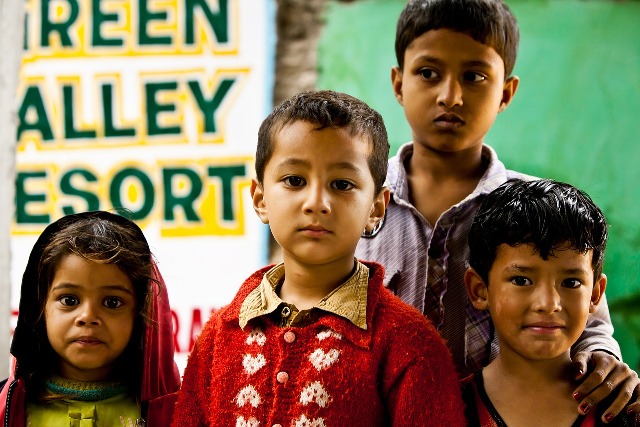Framework For Ending Child Labour In India
Related Articles
एयर इंडिया को मिला पहला ‘लाइन फिट’ बोइंग 787-9 ड्रीमलाइनर, टाटा के बेड़े में आधुनिक एंट्री !
टाटा समूह के स्वामित्व वाली एयर इंडिया को मिला नया बोइंग 787-9 ‘लाइन फिट’ ड्रीमलाइनर सिर्फ एक और विमान नहीं है, बल्कि यह एयरलाइन...
Samruddhi Expressway Traffic Closure: समृद्धी एक्सप्रेस वे पर 9 से 13 जनवरी तक ट्रैफिक रहेगा बंद
हाईवे ट्रैफिक मैनेजमेंट सिस्टम के तहत गैन्ट्री लगाने का काम
मुंबई से नागपुर को जोड़ने वाले हिंदुहृदयसम्राट बालासाहेब ठाकरे महाराष्ट्र समृद्धी एक्सप्रेस वे (Samruddhi Expressway)...
जलवायु संगठनों से अमेरिका हुआ बाहर: ट्रंप सरकार का बड़ा फैसला !
संयुक्त राष्ट्र की कई संस्थाओं समेत 66 अंतरराष्ट्रीय संगठनों से अमेरिका ने नाता तोड़ा, व्हाइट हाउस ने कहा-यह अमेरिका के हित में नहीं! व्हाइट...


